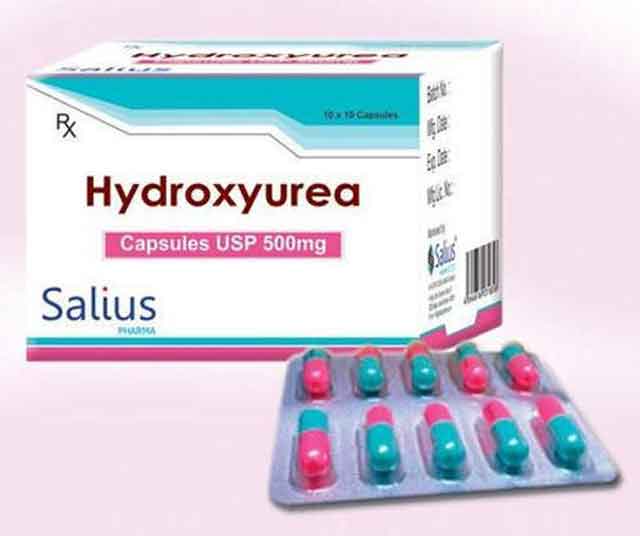
Kampala, Uganda | THE INDEPENDENT | 24-year-old Matilda Nanyondo was born with sickle cell, a genetic disease of the red blood cells. Most of her childhood was associated with very painful episodes, blood transfusions and long stays in hospitals.
But, two years ago she was introduced to hydroxyurea, branded as a wonder drug that would give her a near-normal life. Although the drug had been used to treat sickle cell in adults since the 80s’, it was only approved for children in 2017.
Medics and researchers said that hydroxyurea makes red blood cells bigger, rounder, more flexible and less likely to turn into a sickle shape. When this happens, sufferers have less pain, rarely suffer acute chest syndrome, might not need blood transfusions and Hospital stays.
The Ministry of Health has since approved the drug for general use and in 2017 Dr Robert Opoka, a researcher and senior paediatrician in Mulago, says first clients started receiving the drug and they started seeing improvement in their quality of life. At the time, a study was done at the sickle cell clinic in Mulago had found that it can effectively reduce painfully episodes and maintaining high levels of blood for a sickler.
Dr Opoka, says elsewhere the drug had improved life but they were scared about how it would work in malaria-endemic Africa since the first researchers had indicated it could make malaria worse. He says every sickler is supposed to take this drug daily but due to availability challenges, at Mulago hospital, for instance, of the 6000 clients that visit annually, 400 have been enrolled on hydroxyurea.
The rest who need this drug have to buy it out of pocket where each tablet goes for between 1000 and 2,500 Shillings. A patient is supposed to take this medicine every day.
But although this was branded a wonder drug, and medics still believe its efficacy, Nanyondo says she has not seen any difference.
Mariam Nantongo, a mother of six-year-old Fathira says she had to withdraw her child from the drug a year after enrolling. She says she continued buying the drug even as she wasn’t noticing any changes since the child would still need a transfusion and a got a crisis that left her admitted in the hospital for more than a month. Every month she says, she would spend about 60, 000 Shillings on the drug.
But Opoka says it’s false for anyone to say the drug isn’t helpful. In the clinic, he says it’s those that aren’t adhering to guidelines by doctors that are still finding blood problems and constant hospitalization.
Like Opoka, Dr Charles Kiyaga who is the sickle cell coordinator in the Ministry of Health says there have been complaints of sicklers not taking the appropriate dosing of the drug as many health workers are not trained in dispensing the drug. To be able to give appropriate dosing, he says the patient’s weight has to be accurately taken.
In some facilities, however, he says they ration the drug such that all those that badly need it but can’t afford to buy out of pocket get the drug.
Meanwhile, in terms of statistics, over 20,000 babies are born with sickle cell per year and 80 per cent die before their 5th birthday. As a result of this, the disease contributes about 16 per cent of early infant mortality in the country. Opoka says once taken properly hydroxyurea in combination with others such as malaria prophylaxis and daily intake of folic acid can avert these deaths.
********
URN
 The Independent Uganda: You get the Truth we Pay the Price
The Independent Uganda: You get the Truth we Pay the Price



